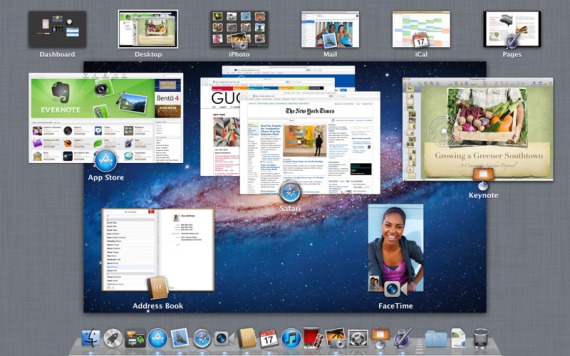The new Catalina OS capatable Rosetta Stone is a great program. When I updated my Mac to the Catalina OS I discovered my earlier version of Rosetta Stone did not work with this new OS. I contacted RS and they did offer an updated RS software at a discounted price that works with the Catalina OS. Unfortunately, Mac OS X 10.7 'Lion' does not support the ' Rosetta ' environment for PowerPC applications. Consequently, no PowerPC Mac OS X applications will operate on Mac OS X Lion.
The latest developer release of Mac OS X 10.7 Lion excludes support for Rosetta (used to run PowerPC code on Intel Macs), Front Row, and Oracle's Java runtime, although Apple includes a mechanism. According to AppleInsider, all support for Rosetta will be removed from Mac OS X 10.7 Lion, including the ability to install it as an add-on. Aside from the possibility of some independent coder devising a workaround, it looks like this spells the end of being able to run PowerPC software natively on Intel Macs. Will this be a problem for you?
Before embarking on a major OS upgrade, it would be wise, advisable and very prudent if you backup your current system to an external connected and Mac formatted Flash drive OR externally connected USB, Thunderbolt or FireWire 800, Mac formatted hard drive. Then, use either OS X Time Machine app to backup your entire system to the external drive OR purchase, install and use a data cloning app, like CarbonCopyCloner or SuperDuper, to make an exact and bootable copy (clone) of your entire Mac's internal hard drive. This step is really needed in case something goes wrong with the install of the new OS or you simply do not like the new OS, you have a very easy way/procedure to return your Mac to its former working state.
Then, determine if your Mac meets ALL minimum system install requirements.
To install Mavericks, you need one of these Macs:
iMac (Mid-2007 or later)
MacBook (13-inch Aluminum, Late 2008), (13-inch, Early 2009 or later)
MacBook Pro (13-inch, Mid-2009 or later),
MacBook Pro (15-inch or 17-inch, Mid/Late 2007 or later)
MacBook Air (Late 2008 or later)
Mac mini (Early 2009 or later)
Mac Pro (Early 2008 or later)
Xserve (Early 2009)
Your Mac also needs:
OS X Mountain Lion, Lion, or Snow Leopard v10.6.8 already installed
2 GB or more of memory (I strongly advise, at least, 4 GBs of RAM or more)

8 GB or more of available space


8 GB or more of available space
Next,
If you run any older Mac software from the earlier PowerPC Macs, then none of this software will work with the newer OS X versions (10.7 and onward). OS X Snow Leopard had a magical and invisible PowerPC emulation application, called Rosetta, that worked seamlessly in the background that still allowed older PowerPC coded software to still operate in a Intel CPU Mac.
The use of Rosetta ended with OS X Snow Leopard as the Rosetta application was licensed to Apple, from a software company called Transitive, which got bought out, I believe, by IBM and Appe could no longer secure their rights to continue to use Rosetta in later versions of OS X.
So, you would need to check to see if you have software on your Mac that maybe older than, say, 2006 or older.
Rosetta Mac Os X 10.7
Also, check for app compatibilty here.
Mac Os 10.7 Rosetta Catalina
If you have any commercial antivirus installed and/or hard drive cleaning apps installed on your Mac, like MacKeeper, CleanMyMac, TuneUpMyMac, MacCleanse, etc. now would be a good time to completely uninstall this apps by doing a Google search to learn how to properly uninstall these types of apps.
These types of apps will only cause your Mac issues later after the install of the new OS X version and you will have to completely uninstall these types of apps later.
Once you have determined all of this, you should be able to find the latest version of Mavericks by clicking on the Mac App Store icon in the OS X Dock and then login to the Mac App Store using your Apple ID and password.
You can then begin the download and installation process of installing OS X 10.9 Mavericks from the Mac App Store.
Good Luck!
